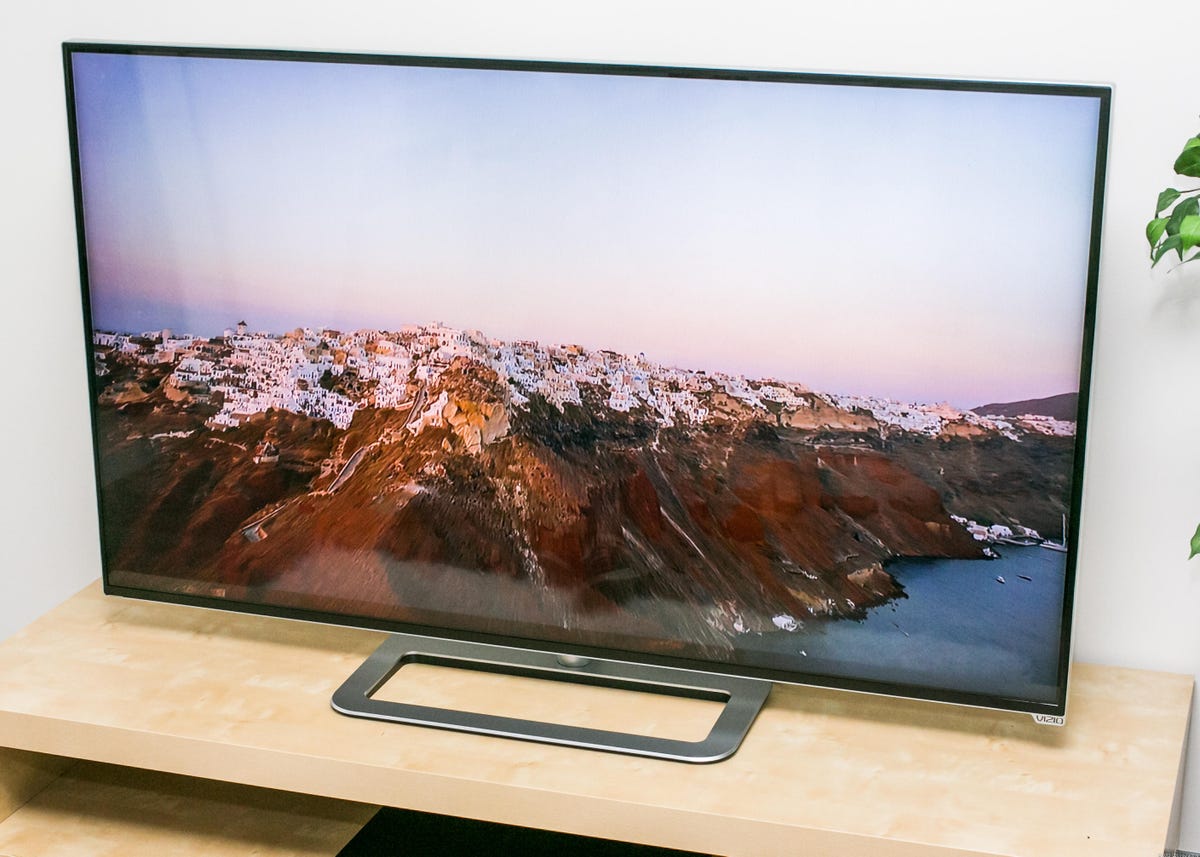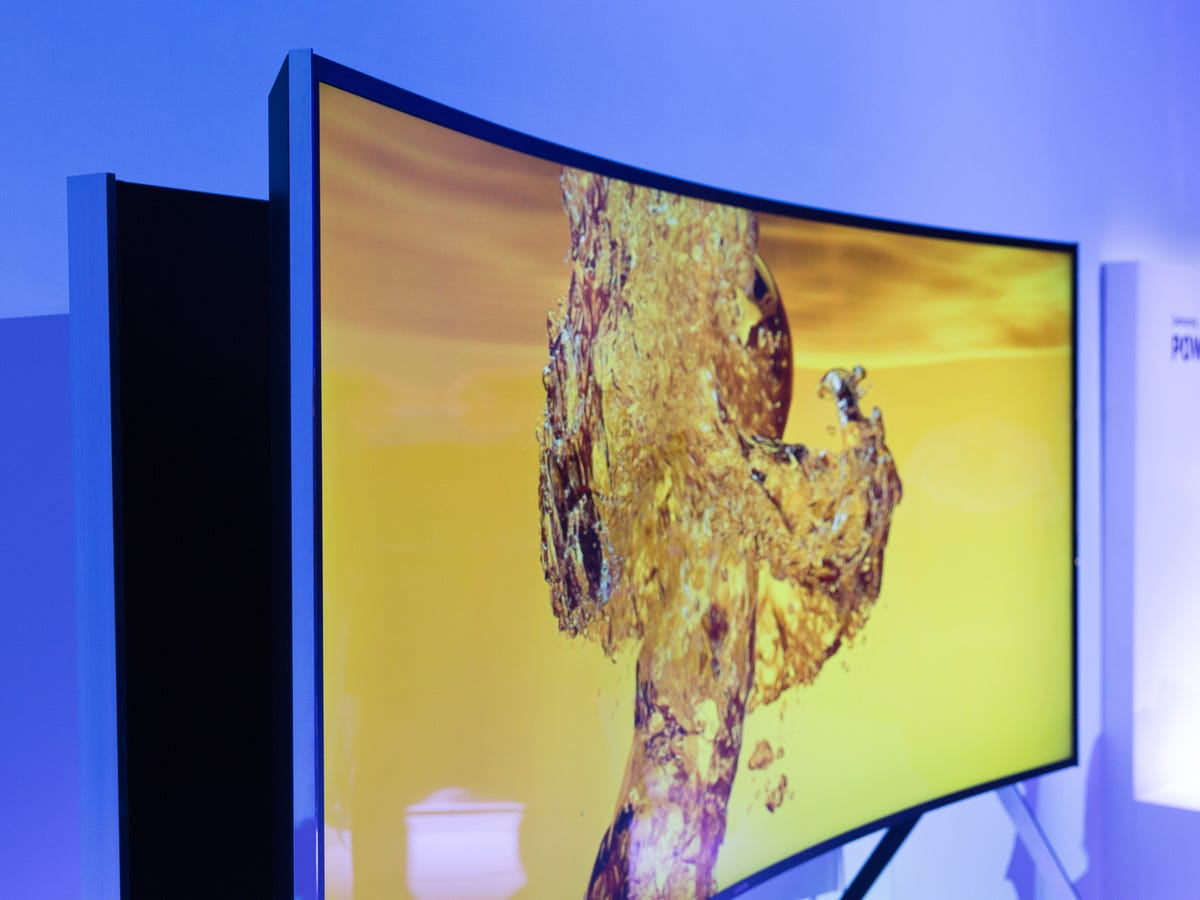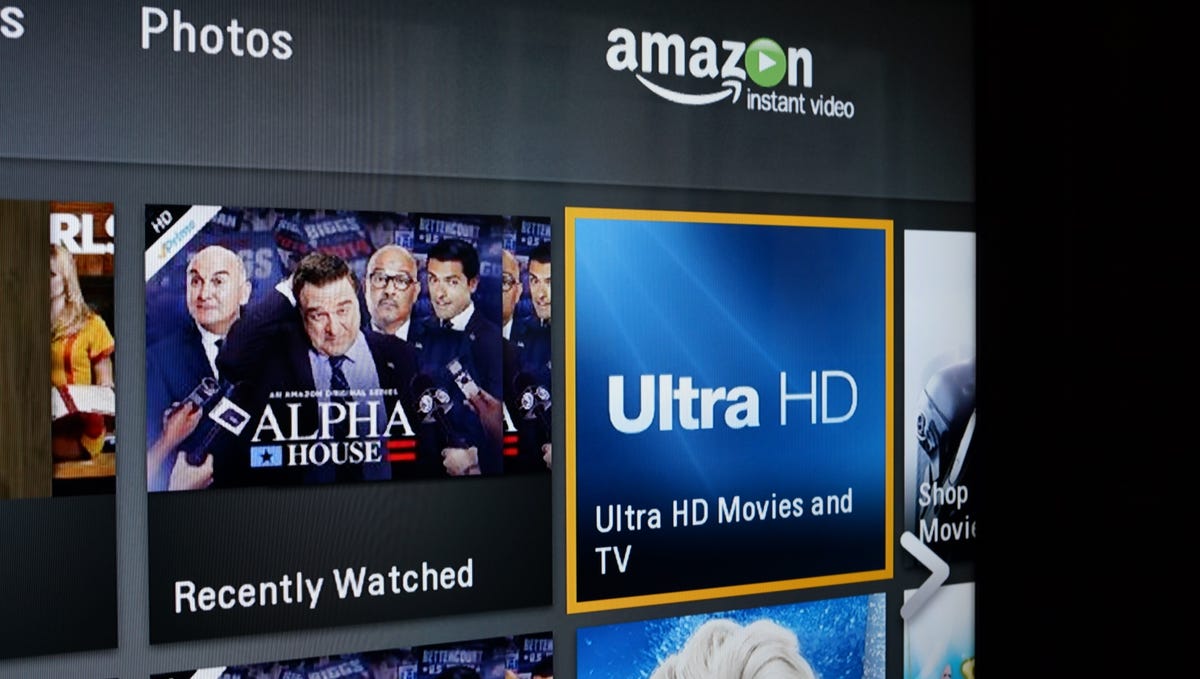Well, it’s about to happen. 2015 is the year 4K replaces 1080p.
I don’t mean TVs with 4K resolution will surpass those with 1080p resolution in total sales. That won’t happen for another few years, according to most industry analysts. What I mean is that in 2015, 4K TV will replace 1080p TVs as our top recommendations at CNET.
Like all predictions, that could be wrong, but from what I’ve seen of TV makers’ product lines — specific information I can’t share until they make their announcements, typically on CES press day, Jan 5, 2015 — the 4K TVs will be the best TVs next year. Not just for picture quality among high-end LCD models, which is already the case, but also for picture quality for the money on midrange sets.
4K goes mainstream, 1080p goes bargain
That doesn’t change my advice for people who want to buy a TV now. 1080p still provides the best picture for the money today. Nor does it mean that 4K resolution suddenly delivers dramatically better quality than 1080p resolution. At most screen sizes and seating distances, based on side-by-side comparisons I’ve done, the benefits of 4K resolution are still negligible.


Sarah Tew/CNET
What has changed is that TV makers are basically putting all the picture quality enhancements that do matter — local dimming, better color and better panel technology–into 4K TVs, and leaving 1080p TVs in the bargain bin with mediocre picture quality. 4K resolution LCD panels are going to be midrange TVs, and biggest manufacturers are actually making more series of 4K TVs than 1080p TVs in 2015, offering a range of price points, sizes down to 40 inches, and differentiating features.
Oh, and don’t be surprised if we even see an 8K TV or two. Just remember that 8K prototypes have been stalking the CES floor as early as 2012 — they are not new, nor will they be showing up in stores anytime soon.
Quantum Dots vs. light-emitting diodes
4K will be everywhere, but so will claims about improved color. Samsung, for example, says it’s ditching OLED for Quantum Dot, a technology said to improve color gamut and saturation. We explained how Quantum Dot works in 2013, and we liked its effect on the Sony KDL-55W900A, but we don’t expect a revolutionary improvement.


Sakurambo (base chart), Geoffrey Morrison (triangles)
The same goes for other extras said to closer approach new color specs like DCI or Rec 2020. First, content that adheres to those specs is nonexistent today. Second and most important, they’re still LCD TVs, and we don’t expect them to match plasma’s quality, let alone OLED.
LG, for its part, is expected to announce new OLED TVs in 2015. That’s great, but don’t expect them to be significantly cheaper than today’s models — which start at $3,500 for a 55-incher , and $10,000 for the 65- and $25,000 for the 77-incher. Most video enthusiasts who care enough to splurge for OLED want a TV in the 65-inch or larger size, and I’d be really surprised if a 65-inch OLED sold for less than, say, $6,500 in 2015.
Three other things that would also surprise me: 1080p OLEDs larger than 55 inches; any other TV maker aside from LG shipping OLEDs in 2015 and prices for any OLED dipping below $2,500 in 2015. We should see a few more non-curved OLED sets, however.


Sarah Tew/CNET
It curves, it bends!
Speaking of curved, I would be surprised if many other TV makers besides Samsung announced more curved LCD TVs for 2015. The technology, er, aesthetic, doesn’t seem to have grabbed the same level of consumer enthusiasm as thin LED LCD. Maybe because, aside from style, it’s basically a gimmick. It will be interesting to see if Samsung itself, the dominant TV maker, hedges its bet on curved by bringing out essentially the same level of performance in a both form factors throughout its TV line, giving consumers a more straightforward choice between curved and flat.
And what of the bendable TVs from Samsung and LG, which made a big splash at CES 2014? Don’t count out similarly bizarre concept TVs, perhaps including bendier LCDs or even LG’s rollable OLED in sizes larger than 18 inches.


Sarah Tew/CNET
The smart and the absent
The big news in smart TV is likely to be alternate platforms. Sony, Sharp and Philips all said they’d release models with Android TV — the same system used by the Google Nexus Player — built-in. Samsung, for its part, is touting its new Tizen TV operating system. Me, I’d be happy to tout more TV makers aside from TCL and Hisense with Roku built-in .
Well-known TV makers aside from Samsung and LG, the two worldwide market leaders, might be more conspicuous by their absence. Panasonic pared down its TV line significantly in 2014, as did Sony, and recent massive losses might portend even fewer Sony TVs at the show. Sharp was late to the 4K show this year. And Vizio, the No. 2 TV maker in the US, announced in February that it won’t even have a showcase at CES, opting instead for “more intimate venues.”


David Katzmaier/CNET
4K and Internet TV: Content is king
Beyond the TVs, I’m hoping for more concrete announcements about, you know, actual 4K content. Following the launch of Netflix and Amazon 4K streaming, Comcast and other cable providers are expected to 4K-ify their apps for streaming to compatible 4K TVs. DirecTV just started its own 4K streams in addition to launching a 4K-capable satellite, and news trickles out that we’ll see 4K Blu-ray by the end of 2015. Nobody expects 4K TV broadcasts or dedicated 4K TV channels anytime soon, but I wouldn’t be surprised if a one-off 2015 sporting event was announced in 4K at the show.
Streaming and alternate delivery ventures that challenge cable TV in the US are good candidates to steal the show. We expect Sony to offer more details on its PlayStation Vue video streaming service, which is due in early 2015. Likewise, Dish could pull the wraps off its competing Web video service, rumored to be called NuTV. CES is also a good place for a dark horse to launch a similar service, or even for traditional networks to follow CBS and HBO with standalone Web TV packages. (Note: CNET is a division of CBS.)
See ya there!
The massive consumer electronics show is anything but intimate, but its frenzy and hyperbole make it ideal for displaying crazy-big TVs. We look forward to being there again next month, and we’ll have complete wall-to-wall coverage from Las Vegas starting the first weekend in January.


Now playing:
Watch this:
Is it worth paying extra for 4K?
2:03




